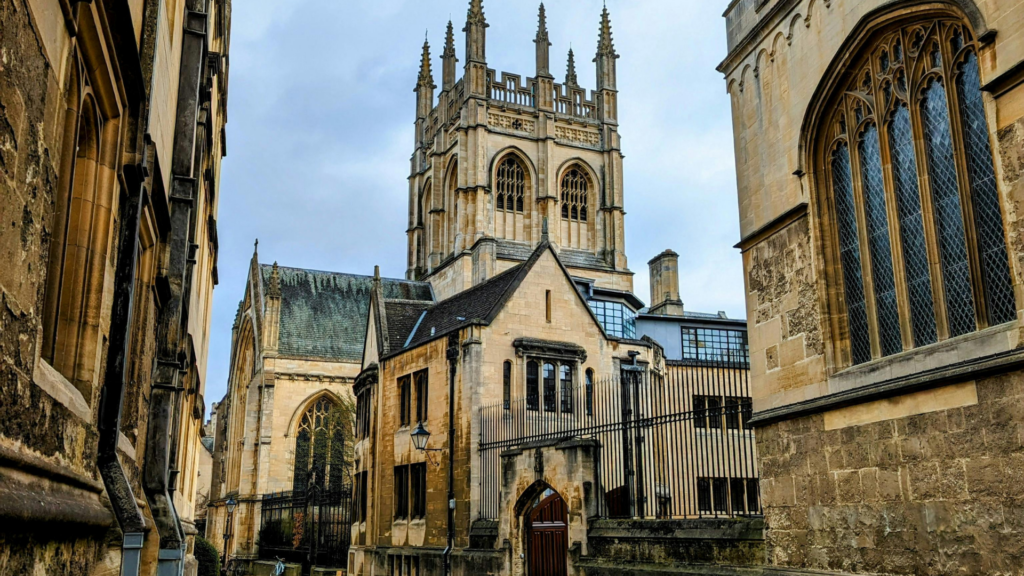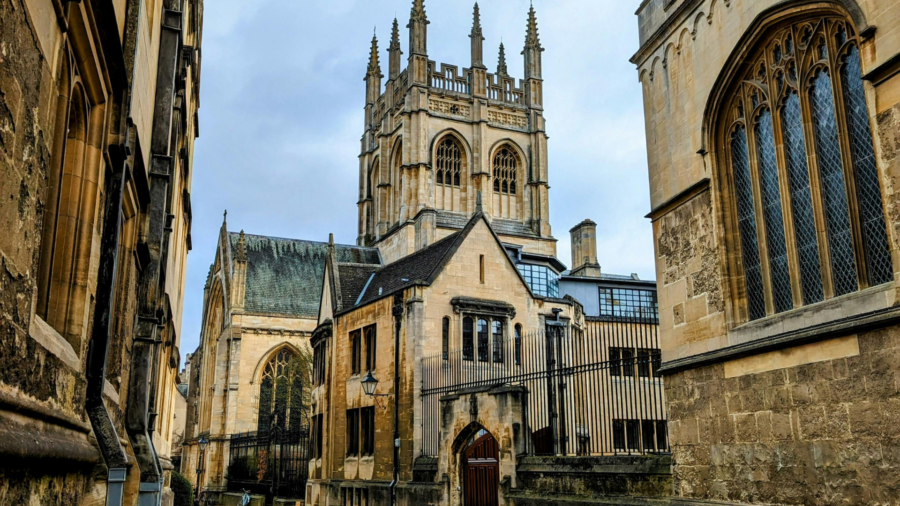 The Birth of Higher Education
The Birth of Higher Education
Medieval universities emerged in Europe as centers of higher education and scholarly activity. Institutions like the University of Bologna, Oxford, and Paris were among the first to offer formalized curricula in the liberal arts, law, medicine, and theology. These universities played a crucial role in the intellectual revival of the medieval period, fostering a community of scholars dedicated to learning and teaching.
Academic Structure and Curriculum
The academic structure of medieval universities was characterized by a faculty system, with professors specializing in various disciplines. The curriculum was based on the trivium (grammar, rhetoric, and logic) and the quadrivium (arithmetic, geometry, music, and astronomy). Degrees were awarded based on rigorous examinations, and the pursuit of knowledge was guided by the scholastic method, emphasizing dialectical reasoning and debate.
Influence on Society and Knowledge
Medieval universities had a profound impact on European society. They became centers of intellectual exchange, producing scholars who contributed to theology, philosophy, science, and law. The universities’ emphasis on critical thinking and scholarly inquiry laid the groundwork for the Renaissance and the scientific revolution, shaping the intellectual trajectory of Europe.
Conclusion
The development of medieval universities marked a significant milestone in the history of education. Their contributions to the advancement of knowledge and their influence on society underscore their importance in the intellectual and cultural development of medieval Europe.
